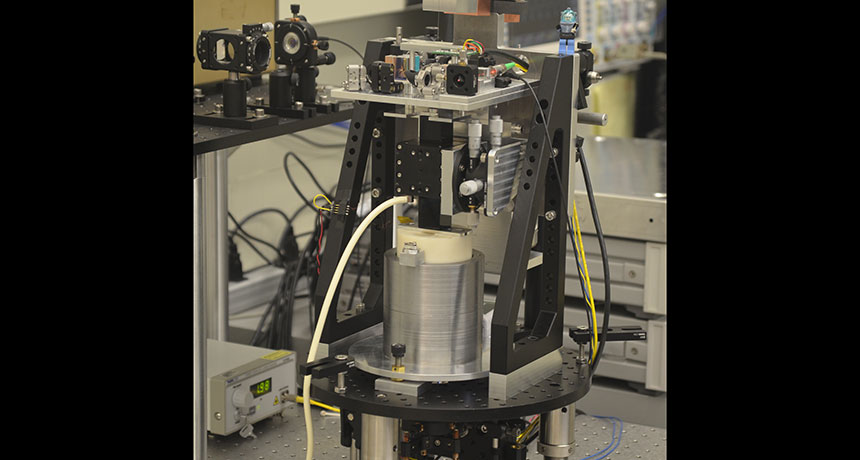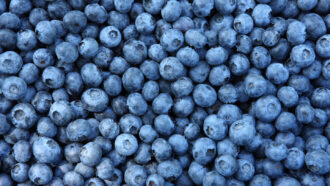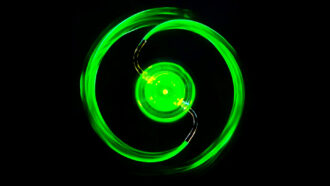constant Continuous or uninterrupted. (in mathematics) A number that is known and unchanging, usually based on some mathematical definition. For example, π (pi) is a constant equal to 3.14. . . and defined as the circumference of a circle divided by its diameter.
electromagnetic force ( also known as electromagnetism ) One of the four fundamental forces of nature. It’s the force that causes electrically charged particles to interact. The regions over which these interactions occur are known as electromagnetic fields.
engineer A person who uses science to solve problems. As a verb, to engineer means to design a device, material or process that will solve some problem or unmet need.
equation In mathematics, the statement that two quantities are equal. In geometry, equations are often used to determine the shape of a curve or surface.
force Some outside influence that can change the motion of a body, hold bodies close to one another, or produce motion or stress in a stationary body.
fundamental Something that is basic or serves as the foundation for another thing or idea.
Kibble balance A measurement device invented by Bryan Kibble in 1975 and initially known as the watt balance. It balances the force exerted by a wire carrying electric current through a magnetic field with the weight of some unknown mass. It can be used to measure the current going through the wire. It also can be used to calculate Planck's constant, a fundamental constant of nature.
mass A number that shows how much an object resists speeding up and slowing down — basically a measure of how much matter that object is made from.
mechanical Having to do with the devices that move, including tools, engines and other machines (even, potentially, living machines); or something caused by the physical movement of another thing.
mechanical engineer Someone trained in a research field that uses physics to study motion and the properties of materials to design, build and/or test devices.
pH A measure of a solution’s acidity or alkalinity. A pH of 7 is perfectly neutral. Acids have a pH lower than 7; the farther from 7, the stronger the acid. Alkaline solutions, called bases, have a pH higher than 7; again, the farther above 7, the stronger the base.
physics The scientific study of the nature and properties of matter and energy. Classical physics is an explanation of the nature and properties of matter and energy that relies on descriptions such as Newton’s laws of motion. Quantum physics, a field of study that emerged later, is a more accurate way of explaining the motions and behavior of matter. A scientist who works in such areas is known as a physicist.
prototype A first or early model of some device, system or product that still needs to be perfected.
resistance (as in drug resistance) The reduction in the effectiveness of a drug to cure a disease, usually a microbial infection. (as in disease resistance) The ability of an organism to fight off disease. (as in exercise) A type of rather sedentary exercise that relies on the contraction of muscles to build strength in localized tissues. (in physics) Something that keeps a physical material (such as a block of wood, flow of water or air) from moving freely, usually because it provides friction to impede its motion.
standards (in research) The values or materials used as benchmarks against which other things can be compared. For instance, clocks attempt to match the official standard benchmark of time — the second, as calculated by the official atomic clock. Similarly, scientists look to identify a chemical by matching its properties against a known standard for a particular chemical. (in regulations) A limit above which something may not be used, sold or considered safe.
voltage A force associated with an electric current that is measured in units known as volts. Power companies use high-voltage to move electric power over long distances.









